Focus on Sustainability
Sustainability has emerged as a critical driver in the Laser Tracker Market, as companies seek to minimize their environmental impact. The adoption of laser trackers contributes to sustainable practices by reducing material waste and enhancing energy efficiency during manufacturing processes. Industries are increasingly recognizing the importance of sustainable technologies, which aligns with global efforts to combat climate change. As a result, the demand for laser trackers that support eco-friendly initiatives is likely to increase. This focus on sustainability not only enhances corporate responsibility but also positions companies favorably in the market, potentially leading to growth in the Laser Tracker Market.
Growing Demand for Automation
The Laser Tracker Market is witnessing a surge in demand for automation across various sectors, including aerospace, automotive, and manufacturing. As companies strive to enhance productivity and reduce operational costs, the adoption of automated measurement solutions becomes imperative. Laser trackers, known for their high accuracy and efficiency, are increasingly utilized in automated quality control processes. According to recent data, the automation market is projected to grow significantly, which in turn is expected to bolster the Laser Tracker Market. This growing trend indicates that businesses are prioritizing automation, thereby creating opportunities for laser tracker manufacturers to innovate and expand their offerings.
Rising Investment in Infrastructure
The Laser Tracker Market is poised for growth due to rising investments in infrastructure development. Governments and private entities are allocating substantial resources to enhance transportation, energy, and construction projects. Laser trackers play a vital role in these projects by ensuring precise measurements and quality control, which are essential for successful completion. As infrastructure projects become more complex, the need for advanced measurement solutions like laser trackers is likely to increase. This trend suggests that the Laser Tracker Market could benefit significantly from the ongoing infrastructure investments, creating new opportunities for manufacturers and service providers.
Integration of Advanced Technologies
The Laser Tracker Market is experiencing a notable shift due to the integration of advanced technologies such as artificial intelligence and machine learning. These technologies enhance the precision and efficiency of laser trackers, allowing for real-time data analysis and improved measurement accuracy. As industries increasingly adopt these innovations, the demand for sophisticated laser tracking solutions is likely to rise. Furthermore, the incorporation of IoT capabilities into laser trackers facilitates seamless connectivity and data sharing, which is essential for modern manufacturing processes. This trend suggests that companies investing in advanced technologies may gain a competitive edge, thereby driving growth in the Laser Tracker Market.
Increasing Adoption in Aerospace and Defense
The Laser Tracker Market is experiencing heightened adoption within the aerospace and defense sectors. These industries demand high-precision measurement tools to ensure the accuracy and reliability of components and systems. Laser trackers are increasingly utilized for assembly, inspection, and maintenance tasks, where precision is paramount. Recent data indicates that the aerospace sector is expanding, which may lead to increased investments in advanced measurement technologies. This trend suggests that the Laser Tracker Market could see substantial growth as aerospace and defense companies prioritize accuracy and efficiency in their operations.
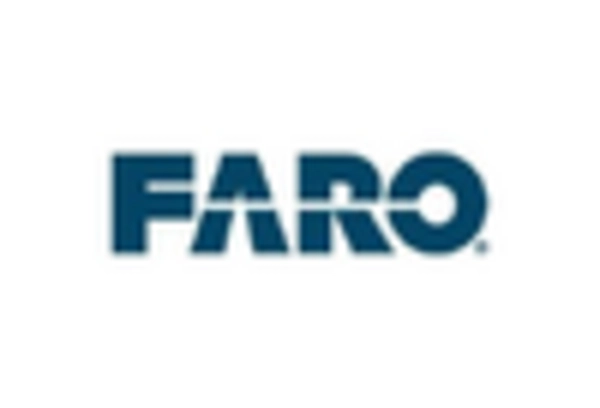
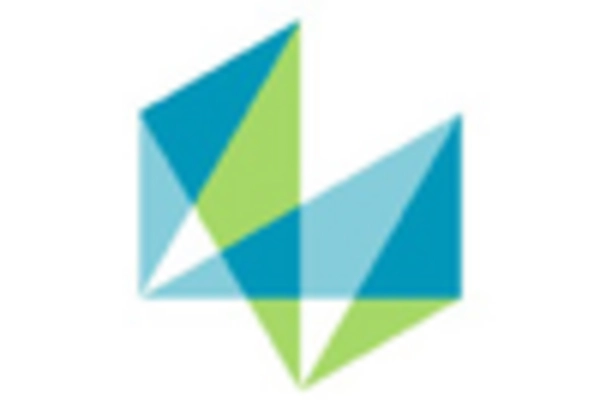
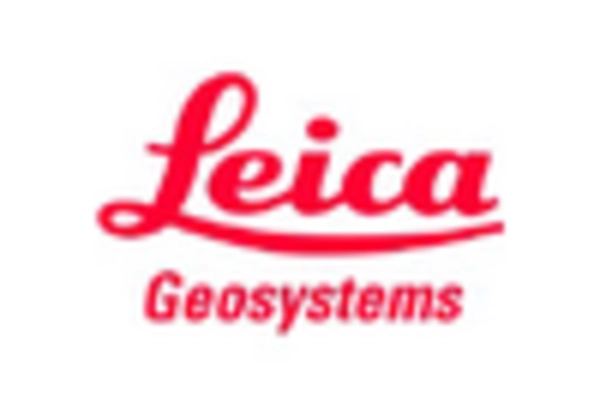
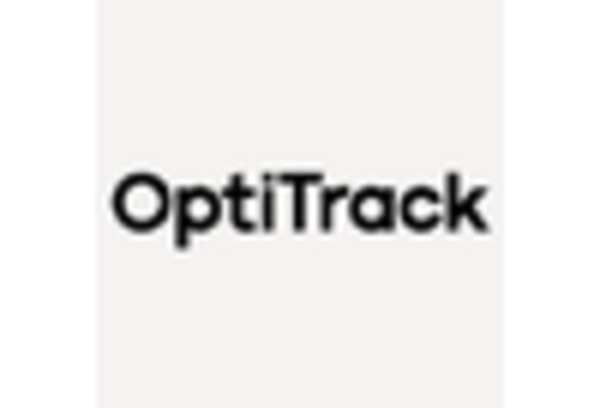
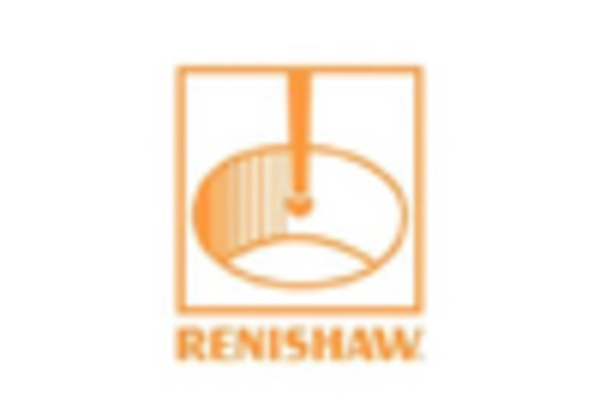
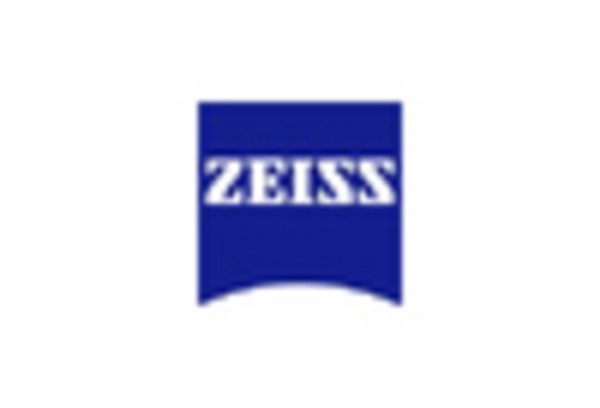








Leave a Comment